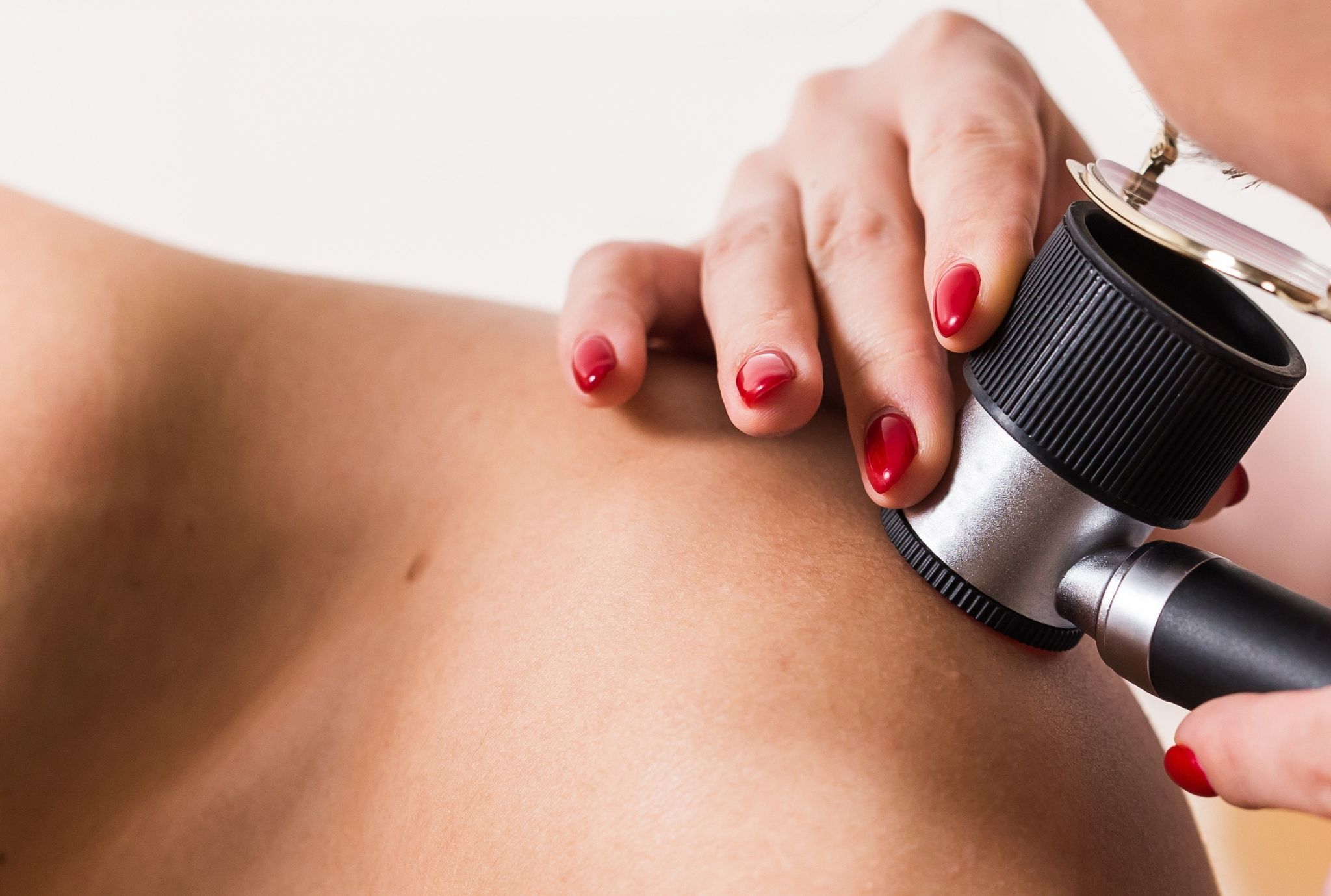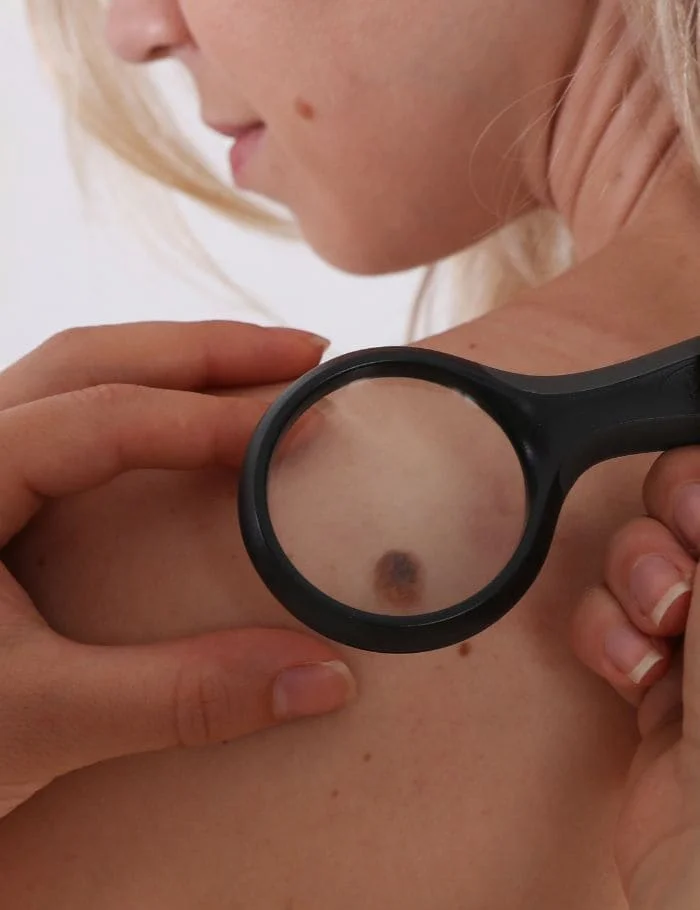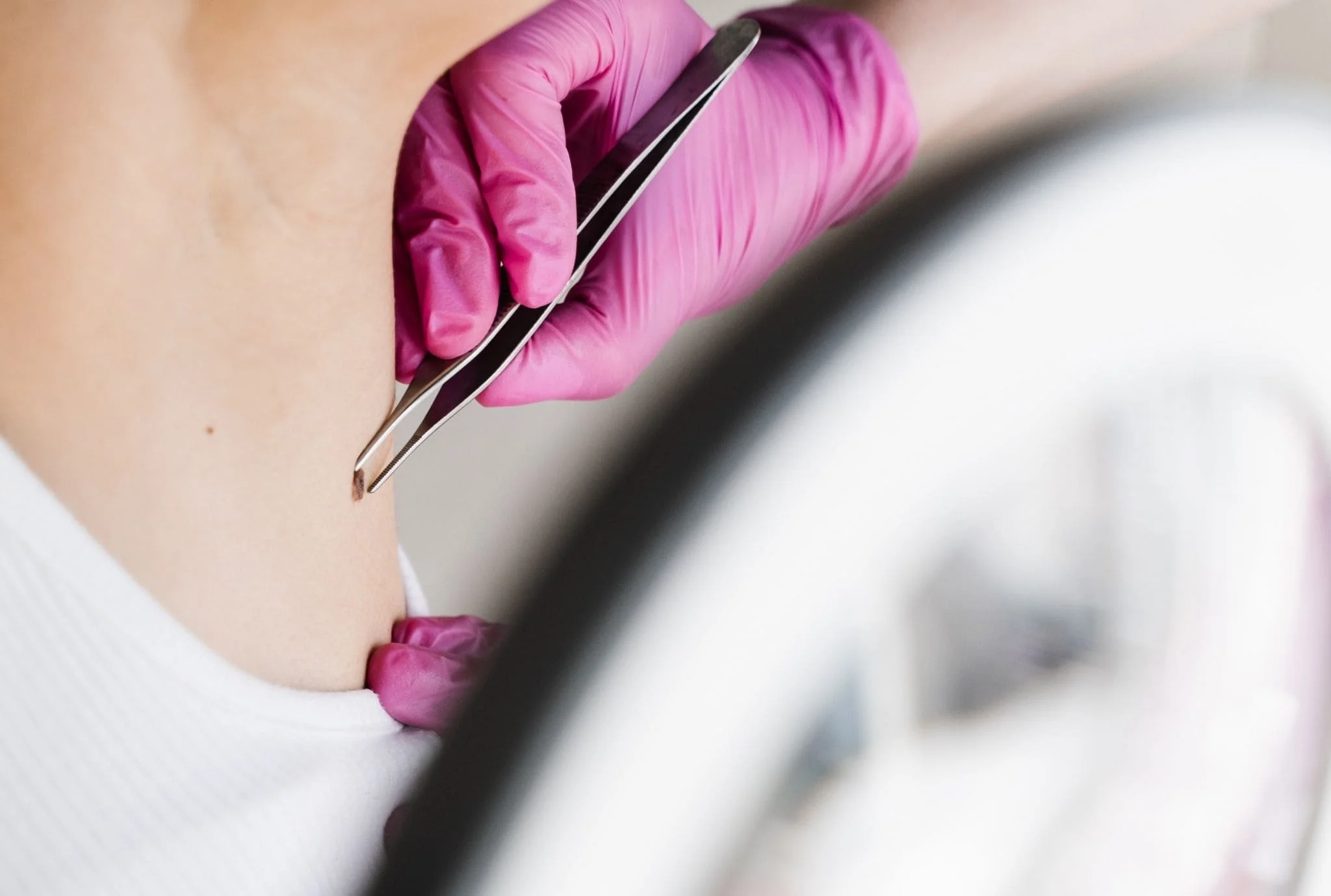Mole Removal
Moles are harmless skin growths that may be removed either for cosmetic reasons or if they look suspicious and are suspected of becoming cancerous.
Moles can be flat or raised; some grow slowly, while others grow rapidly. Some moles also lighten or disappear with time.
A certified dermatologist performs a mole removal procedure. During this procedure, the dermatologist removes the mole either surgically or using a laser. It is an outpatient procedure, and you can return home the same day.





